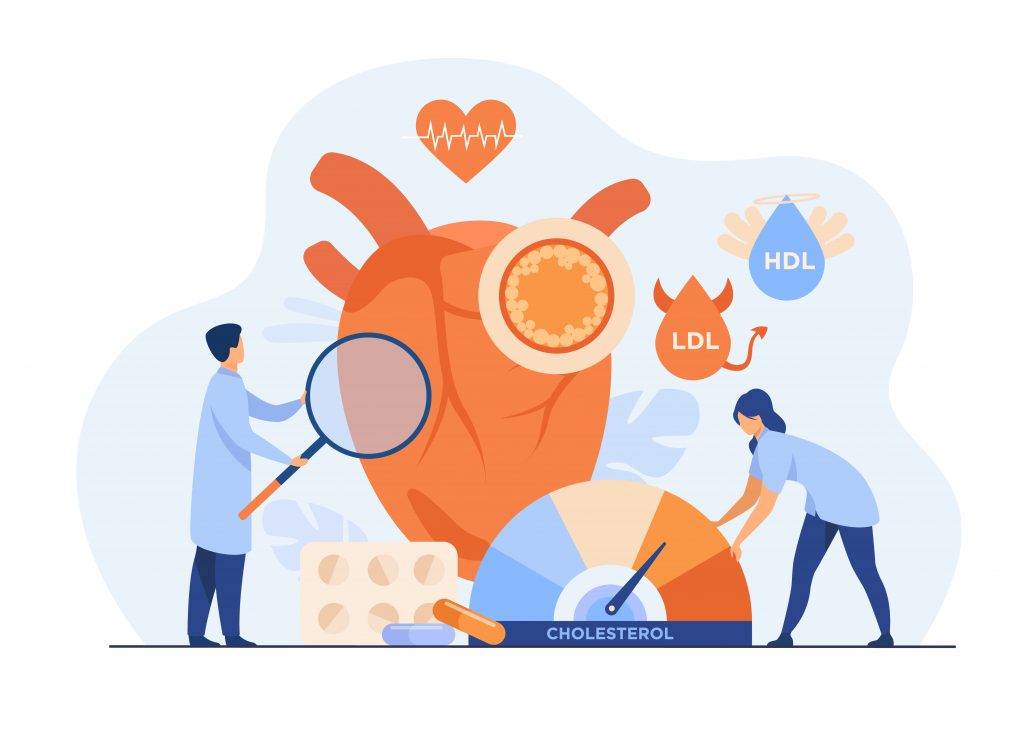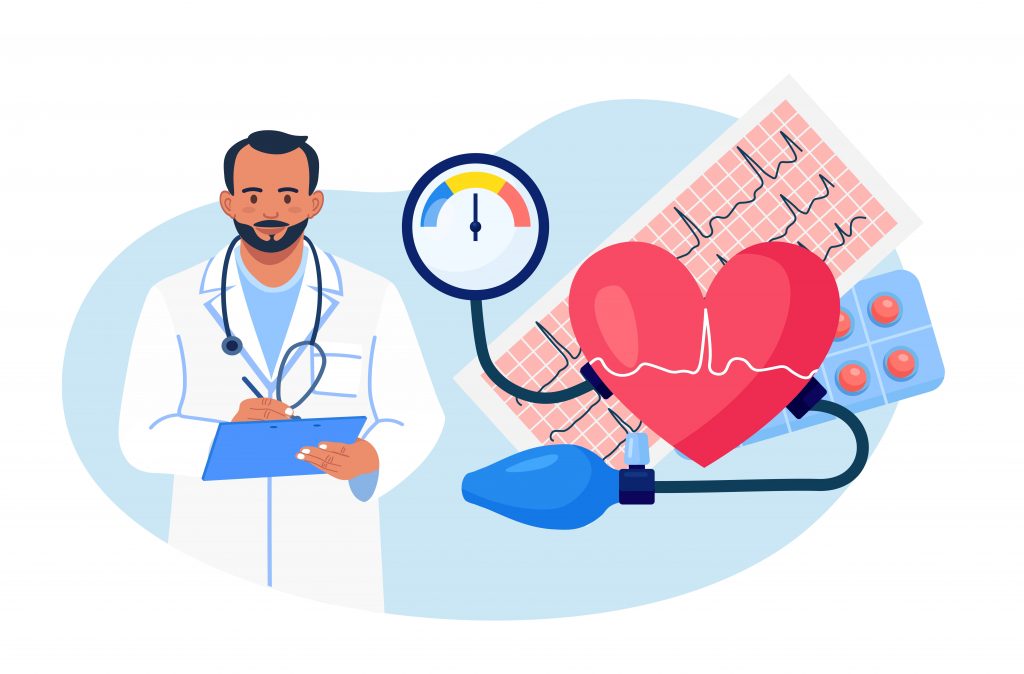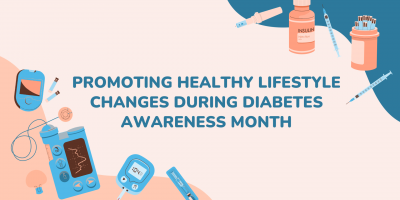
What are Health Advocacy Programs?
In response to the demand for an improved consumer experience, both employers and insurers recognized and addressed the need for health advocacy programs.

Chronic diseases affect six out of ten adults in the United States, and they are among the biggest challenge of the American healthcare system. Disease management programs reduce costs and help manage the course of the disease.
As the name suggests, disease management programs (DM) offer guidance to help people effectively manage their chronic conditions, and are often deployed through apps, online resources, telephonically, and/or text messaging.
High medical costs coupled with the lack of education are discouraging to many of those affected. Disease management programs aim to empower and help patients regain a sense of control over their health and well-being.
In an effort to improve the quality of care and patient outcomes, these programs offer personalized medical advice and counsel, complementing more traditional treatments.
They also help connect participants to local support groups, offer self-care consultation, and use various assessment tools to keep track of the progress and treatment of the disease.

A key benefit for the member is access to easy-to-use technology to track and manage symptoms.
Devices like glucose meters, blood pressure cuffs, and heart rate monitors, make it easier to track and make a personalized plan on how to treat the disease.
By logging symptoms and keeping track of this data, the medical professionals supporting the member can get a better understanding of the status of the disease.
Many programs will remind participants of upcoming doctors’ visits, or recommend scheduling one if they see a need for it.
For employers, disease management programs can provide cost savings by providing resources and support to the members of their population that are higher-cost claimants due to their multiple chronic conditions.
These savings can result from improving adherence to the medications members should be taking, providing members with a support network of clinical personnel, and educating them on lifestyle changes that can be made to improve their quality of life.

The primary goal of disease management programs is to improve the quality of care and thereby reduce healthcare costs.
These programs do not aim to cure the disease, but rather teach the patient how to self-manage it and prevent it from worsening.
The objective is to educate participants on their condition with the help of coaches and online resources and to set obtainable targets on nutrition, exercise, sleep, and other self-care measures.
By combining technology with expertise and education, the participants will have the right tools to manage their condition.
The key difference lies in the fact that health coaching is available to anyone wanting health and wellness guidance, whereas disease management programs are focused on members who have been previously diagnosed with a chronic condition.
According to the CDC, heart diseases alone are causing $138 billion in lost productivity on the job. Chronic conditions make employees less engaged and productive, so employers stand to gain numerous benefits by providing employees access to these programs.
Browse our curated list of vendors to find the best solution for your needs.
Subscribe to our newsletter for the latest trends, expert tips, and workplace insights!

In response to the demand for an improved consumer experience, both employers and insurers recognized and addressed the need for health advocacy programs.

Beyond legal compliance, accommodating chronic illness in the workplace has become a strategic tool for companies to control costs and improve employee well-being.

Health insurance is not one-size-fits-all. Therefore, understanding what a health maintenance organization is and weighing its benefits and disadvantages can significantly affect your health, finances, and quality of life.

Diabetes is the most expensive chronic illness in the US. The global health expenditure reached $966 billion, with North America accounting for 42.9% of this, or $415 billion.
Shortlister Connect is a tool specifically designed to be utilized by the HR and Procurement/Sourcing teams within mid-size, large and jumbo employers. Shortlister Connect allows these teams to efficiently research & identify their optimal vendor partners, track existing vendor relationships & performance and “connect” with other employers to share successes and vendor experiences.
If you are not on the HR or Procurement/Sourcing team within an employer with over 200 employees, you will not be granted access to Connect. Examples of individuals that would not be granted access include, but are not limited to: vendors, students, practitioners, researchers, other non-employers or anyone that is unwilling to identify themselves will not pass our vetting criteria. If you are a consultant, Shortlister offers a specialized product for consultants, called Shortlister Select. You can email Tom Ciccotti at tciccotti@myshortlister.com to learn more about Shortlister Select.
***Shortlister retains the exclusive right to grant or deny access to any party to ensure the privacy of the vendors in our system.
Please login with your LinkedIn Credentials
Used by most of the top employee benefits consultants in the US, Shortlister is where you can find, research and select HR and benefits vendors for your clients.
Shortlister helps you reach your ideal prospects. Claim your free account to control your message and receive employer, consultant and health plan leads.